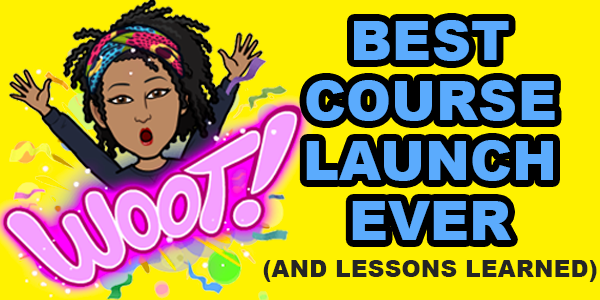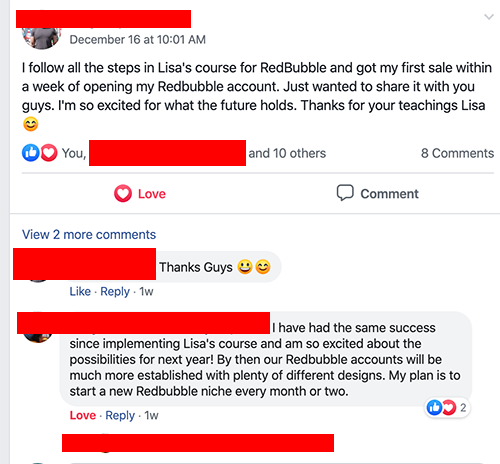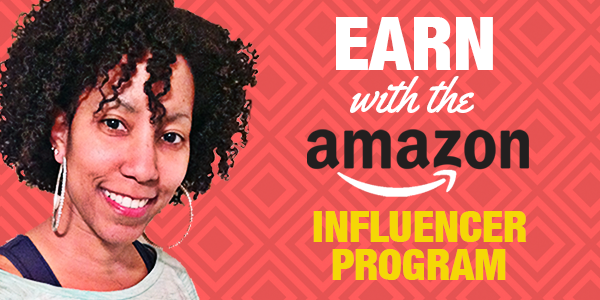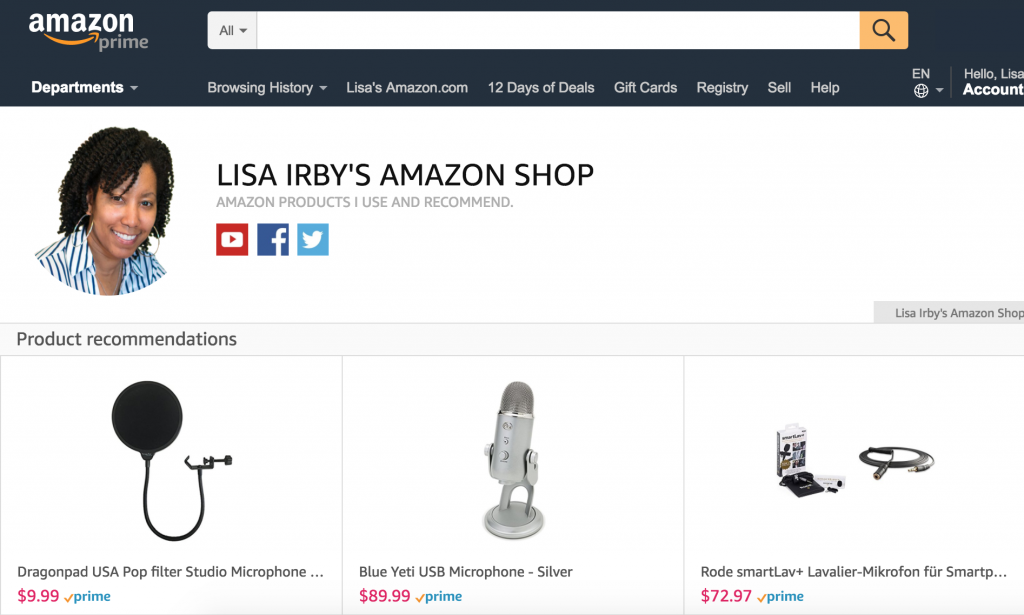Welcome to Part 2 of our guide to driving traffic online!
In Traffic Academy Part 1, we covered what online traffic is, why it matters, and how you can increase it using free methods.
In this section, we will cover the paid methods you can use including Facebook ads, banner ads, solo ads, and PPC advertising.
By the end of this series, you will have the knowledge to form a strategy which integrates both paid and free traffic methods to get the results you are looking for.
Let’s get started!
Paid Traffic Methods
Facebook Ads
Facebook ads are available through the Facebook platform as long as you have an active Facebook business page.
Facebook offers a user friendly ad creation process that you access right from your profile page.
The native ads they provide can appear in the newsfeed of your audience so they blend in with other posts.
Alternatively, they can appear in the right hand column of the desktop version of Facebook.

There are many objectives you can choose from depending on what your goals are.
You can drive traffic to your website, drive conversions, increase app downloads, increase video views, or even just boost a post to reach more people!

Once you select your objective, you can target your audience using very detailed options.
From demographics to interests to behaviors, Facebook really allows you to fine tune your audience.
They even allow you to create custom audiences through existing lists you have, and look-a-like audiences so you can target users who are similar to those on a list you already have.
For more on targeting and audiences, check out our Facebook Targeting 101 post here.
Once you target your audience, you will select your schedule, set your budget, design your ad, add in calls to action, and then place your order.
When you have ads running, you can track their performance and cost in the Facebook Insights section.
It is a relatively easy process and the ads have shown they can be very effective.
Facebook continues to focus on improving the experience for their users by limiting the amount of organic business posts in news feeds in favor of friends and family posts.
Facebook ads can help you to still get the exposure you need to reach your desired audience!
Best Practices
When designing an ad for Facebook, keep in mind that visually appealing ads do best.
Be sure to choose engaging media whether it’s an image or video.
You will also want to invest some time into strategizing your ad copy as you have a small amount of space to engage and interest the reader to click through.
It can also be helpful to create different messages to different audiences.
You can create an ad targeted at people who have never heard of your business before, one to retarget those who have previously visited your website, and one for those who have watched your videos, etc.
Lastly, once your ads are posted, be sure to always follow up to gauge ad performance and make adjustments accordingly.
Better yet, try out this tool to check out the ads that have worked for your competition and save yourself some of the guesswork!
Banner Ads
Next up are banner ads.
These are advertisements that you can purchase that will show up in rectangular displays horizontally or vertically on host web pages.
They are typically image-based with some text and can link to the destination that you choose.
You can pay host sites for these advertisements using 3 pricing models: views, clicks, and conversions.
If you are interested in investing in banner ads, you can buy them direct from websites (i.e. Waze), by joining an ad network, or by hiring an ad agency through a catalog type environment where you buy remnant from various publishers (i.e. Google Adwords).
There are various sites available for banner ads, but here are some options you can check out:
Best Practices
When using banner ads, you’ll want to identify your goal, who you are targeting, and what websites your target audience visits.
Once you know, it is time to design your banner. Here are a few tips to keep in mind:
- Identify what you want to communicate in the small space available
- Keep your message clear
- Include a call to action
- Use colors that match your branding
- Consider interactive elements to attract more attention
- Stick to standard sizes
- Create a hierarchy
- Forget flash
As far as designing the banner, you could hire a professional web designer, a freelancer off a site like 99designs, or create your own.
There are also services like envatostudio available which handle all the back end coding for you so you can just design it from the front end.
These can be a viable option for reaching a new audience and directing them to your desired destination.
Solo Ads

Above is an example of a solo ad vendor website.
Solo ads are another great opportunity for you to reach a new audience, particularly if you know your conversion rate based on past data.
With solo ads, basically you create an ad in the form of an email.
Then you find a vendor who has targeted lists of email addresses and you pay them to send your email to their list.
Now, to be clear, you are not buying an email list.
An email you create is sent out to someone else’s list as a way for you to reach their audience.
It is important to understand that there is a risk in solo ads because you are trusting that the vendor has a list of of engaged recipients and that they are actually sending your email to them.
You will want to choose a vendor who is reputable to decrease your risk.
You will also want to look for a vendor that offers performance based pricing models in comparison to fixed rates.
This will ensure you are only paying for click-throughs, opens, and conversions.
Best Practices
Once you decide you want to use solo ads, it is important to calculate your marketing budget in order to ensure your investment is profitable.
You will need to name your goal, for example: email sign ups, sales, etc.
Then calculate how much each conversion is worth to you and how often conversions to your target audience occur.
For example, if you get 100 email subscribers and 5 out of every 100 subscribers buy your product or service which costs $150 a piece, then every 100 email subscribers is worth $750 gross.
Then look at your conversion rates from the solo ad.
If you can get 100 subscribers and still end up profitable after your costs then this can be a useful tactic.
To find reputable vendors, you can go to well-known sites like Udimi.
In general, just keep in mind that if it sounds too good to be true then it probably is.
Lastly, when creating a solo ad, keep in mind you have a small window to make an impression.
Your headline must be eye catching, your copy engaging, and you need to include a strong call to action that directs readers where you want them to go.
For more information about solo ads check out our Beginner’s Guide to Solo Ads article here.
PPC
In section 1 of this guide we talked about SEO and how to increase traffic organically by using certain tactics.
While highly impactful, it can take quite awhile to climb up to first page rankings.
If you need results faster, that is where pay per click (PPC) comes in.
PPC advertising allows you to display ads and only be charged when people actually click on them.
This means you can be making impressions and increasing brand awareness without paying.
Paid ads show up above organic search results on the search engine results page (SERP).
Here is an example where you can see the top results are marked as ads:

While getting to the top of search engine results can take some time with SEO, paid ads allow you to buy your spot right away.
However, it has been reported that organic search results have an 8.5x higher click through rate.
So, paid ads have their place as a part of a joint campaign with organic SEO efforts.
Best Practices
When running a paid ad campaign, keyword research is of the utmost importance.
You will need to use a tool such as the Google Keyword Planner to identify the right words to target.
You will find that short tail generic keywords like ‘sweaters’ are searched more, have more competition, and cost more to bid on.

Long tail keywords like “hoodie sweaters for women” which are more specific to your product or service, are searched less and are more affordable.
Additionally, these long tail keywords often have higher conversion rates as the people who type them are further along in their buying journey.
So, your campaign should include a balance of both.
Once you have your keywords chosen, you design an ad which will be relevant and attractive so that searchers will click on it.
Then the ad should lead to a destination which is also relevant to the ad and keywords.
In choosing which ad gets shown, Google takes into consideration what is known as the quality score.
This is basically an analysis of how relevant and effective your ad is to the page it leads to as well as the results of the click through.
So the more relevant and effective your ad, the more it will be shown.
As your campaigns run, you should be tracking and analyzing results to find out which ads and keywords are most effective.
Over time, you can improve campaigns and earn a higher ROI.
The ideal ads will result in high click through rates and conversions with a lower cost per click.
To learn more about PPC Advertising, check out our article on 8 Reasons to Try PPC.
Time for Action!
Now you have an understanding of the fundamentals of driving traffic!
It’s important to consider the benefits available from both paid and free methods and to combine them strategically.
For example, if you have implemented an active social media presence on Facebook and Instagram paid Facebook ads can expand your reach even further.
Additionally, by implementing SEO practices on your website and blog you can climb the ranks of organic search engine results, while PPC advertising campaigns can give you visibility in paid results.
By doing both, you can end up with total domination of the search results page for your terms.
A combined strategy is the best strategy.
With this in mind, take some time to review your options.
Here is a quick overview of what we covered through this 2-part guide to driving traffic:
Free Traffic Sources
- Email marketing
- Blogging
- Social media
- SEO
Paid Traffic Sources
- Facebook ads
- Solo ads
- Banner ads
- PPC
By experimenting with the different channels available and tracking your results, you can gradually find those which work best for your business.
As a result, you can invest your marketing budget and time into those channels.
Also, always remember to strike a balance between free and paid traffic.
This will benefit your wallet and help your efforts since free and paid traffic methods drive different types of results.
Finally, don’t be frustrated if your results aren’t what you hoped for right away.
It is important to think of your marketing strategy as an ongoing process of refinement rather than one you get perfect on the first try.
The only way to really know what works is to research, plan as best you can, experiment, track and adapt.
Best of luck in your traffic driving efforts and if you have thoughts to share, feel free to comment!
The post Traffic Academy: Get In the Driver’s Seat! (Part 2) appeared first on Snaptactix.















